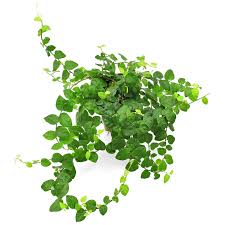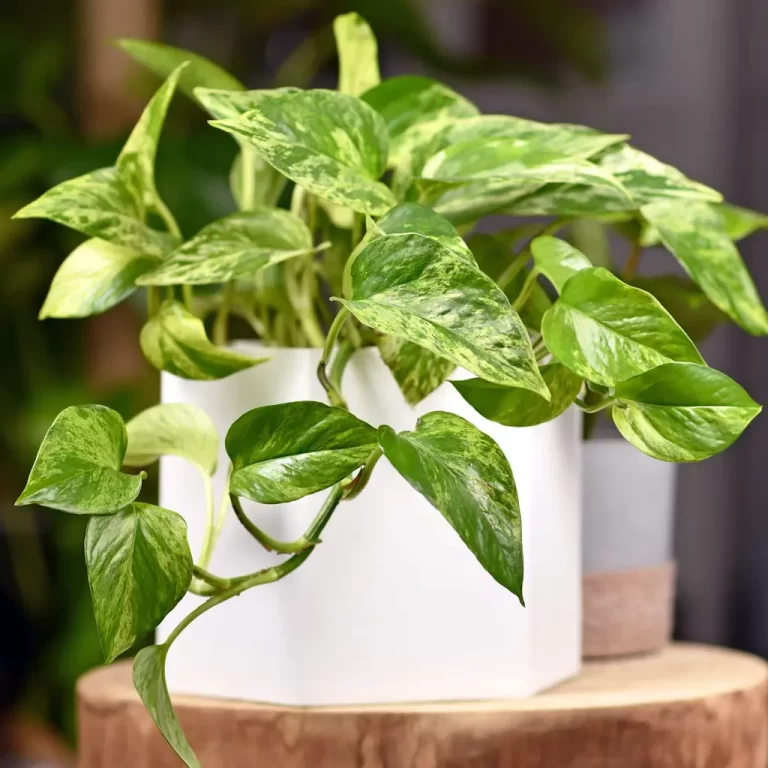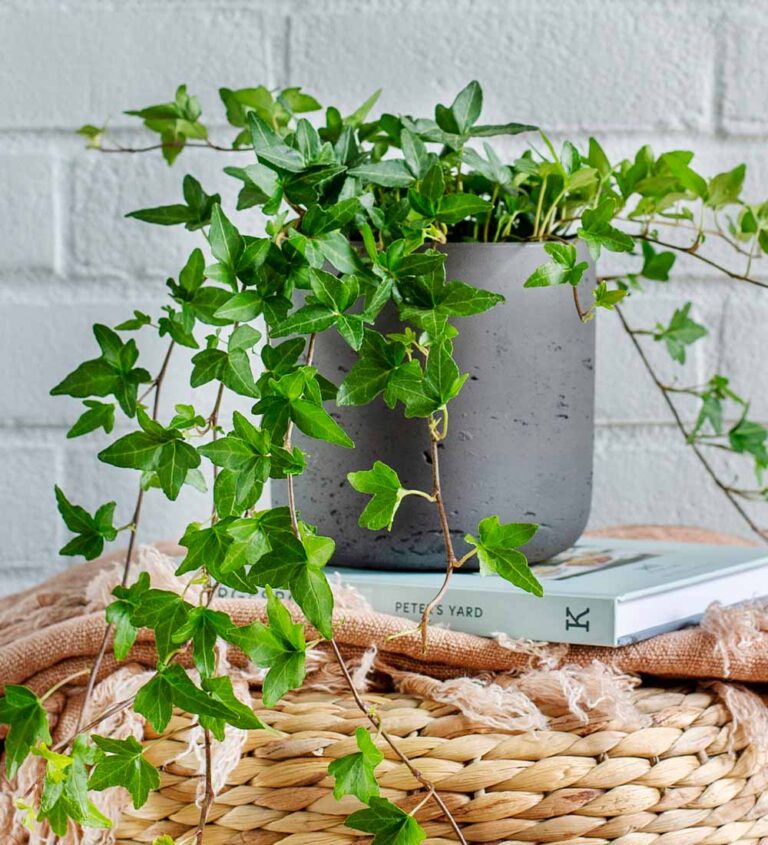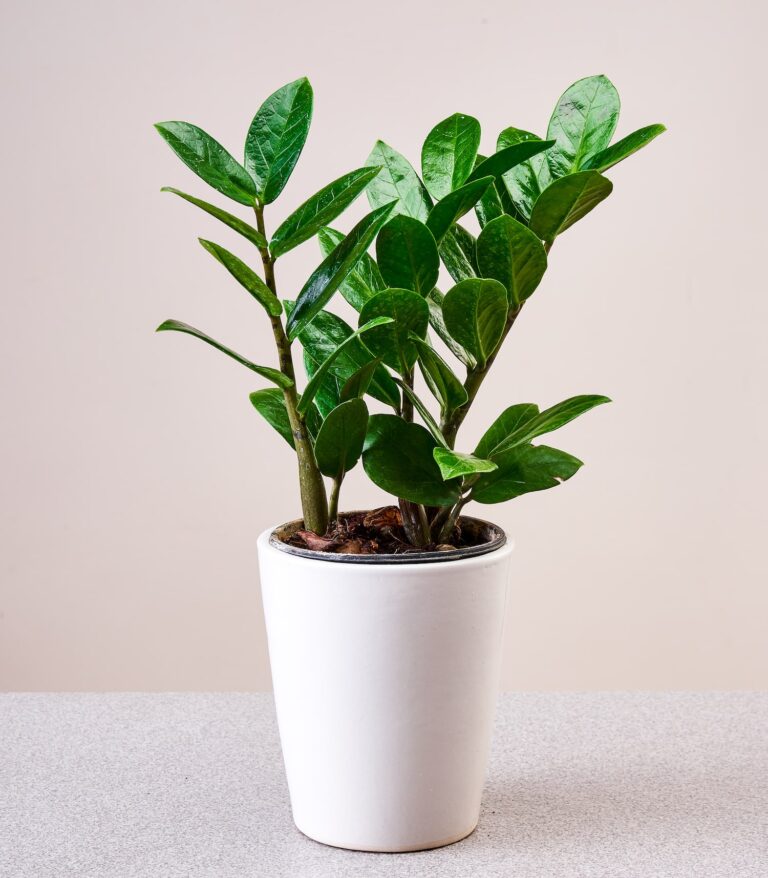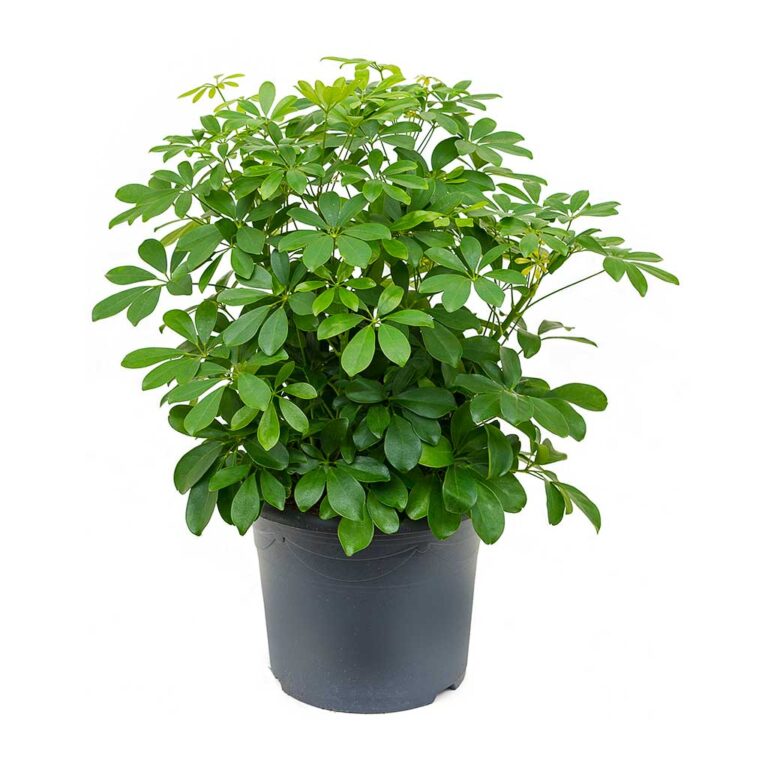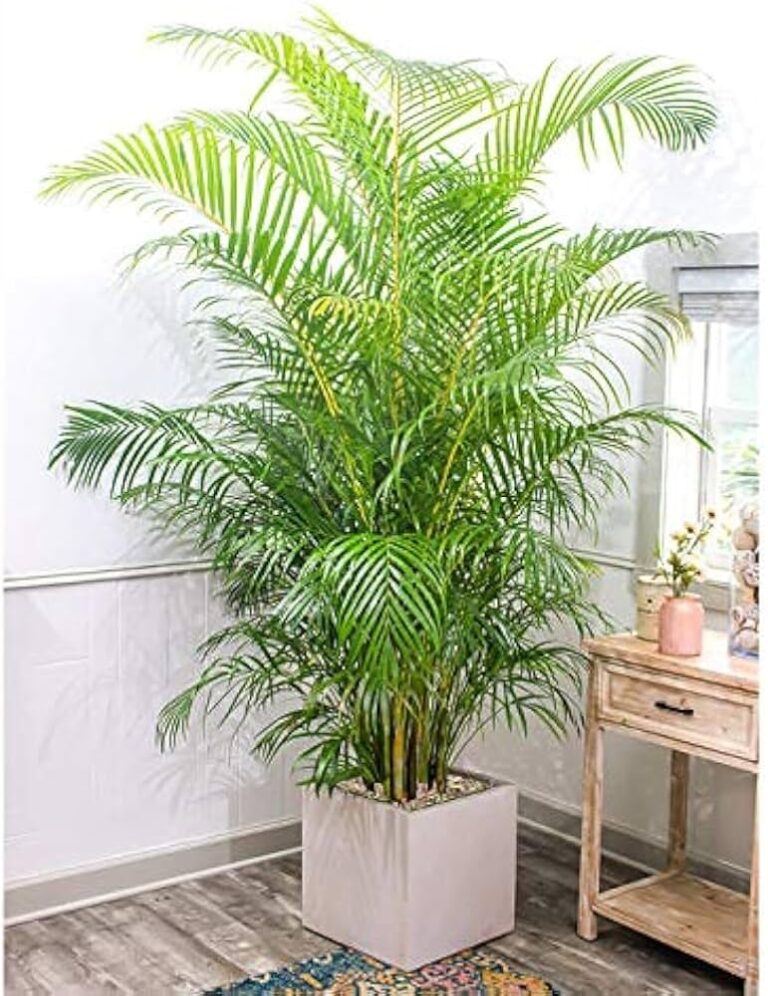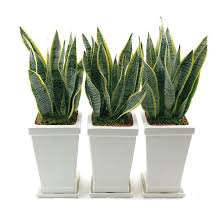Ficus pumila: The Climbing Wonder for Green Living Spaces
Ficus pumila: The Climbing Wonder for Green Living Spaces
Tiny leaves, big charm—discover how this vine can transform your walls into living art with minimal effort.
Hey everyone! Have you ever looked at your walls and thought, “This could use a touch of green”? Same here. That’s how I stumbled upon Ficus pumila—aka the creeping fig. It’s this adorable little vine that climbs, clings, and creates an instant natural vibe. Whether you’re a total plant newbie or a seasoned green thumb, this one’s surprisingly easy to care for and packs a serious decorative punch. Let’s dig into how you can bring a bit of wild, leafy magic into your home.
Table of Contents
What is Ficus pumila?
Ficus pumila, commonly known as the creeping fig, is a fast-growing vine from the fig family. Native to East Asia, it’s loved worldwide for its tiny heart-shaped leaves and incredible climbing ability. Whether planted in pots or allowed to sprawl along walls and fences, this plant adds a refreshing splash of green wherever it grows. It attaches itself via aerial roots, making it a favorite for vertical gardening and living walls.
Benefits of Growing Ficus pumila
| Benefit | Why It Matters |
|---|---|
| Air purification | Helps remove indoor toxins and improves air quality |
| Low maintenance | Great for beginners and busy plant parents |
| Versatile décor | Perfect for both indoor and outdoor styling |
How to Care for It
Caring for Ficus pumila is surprisingly easy, even for plant newbies. Just follow a few simple guidelines and you’ll have a lush, healthy plant year-round.
- Keep soil slightly moist but not soggy.
- Place in bright, indirect light.
- Prune regularly to control shape and encourage growth.
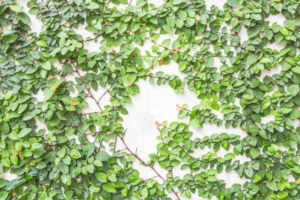
Common Problems & Fixes
Even easy-care plants like Ficus pumila can run into trouble now and then. Here are a few issues you might face—and how to fix them quickly before things get worse.
| Problem | Fix |
|---|---|
| Yellowing leaves | Check for overwatering and improve drainage |
| Stunted growth | Ensure enough light and consider repotting |
| Leaf drop | Reduce temperature fluctuations and draft exposure |
Indoor vs Outdoor Growing
Ficus pumila thrives in both indoor and outdoor environments—but each has its quirks. Indoors, it adds a lush, green aesthetic to your interiors and works well in hanging pots or as a climbing wall feature. Outdoors, especially in warmer climates, it can cover fences or facades with ease and speed. Here’s a quick comparison to help you decide where it fits best in your space.
- Indoors: More control over humidity and light
- Outdoors: Ideal for fast, large-scale coverage
- Choose based on climate—can be invasive outdoors in warm regions
Styling Ideas with Ficus pumila
Looking to make a statement with your greenery? Ficus pumila is an interior stylist’s dream. Try these creative ideas to bring your walls and corners to life.
- Let it trail dramatically from a hanging basket in your reading nook
- Guide it along a wireframe or wooden trellis to create green wall art
- Use it to cover unattractive outdoor walls for a natural facelift
Unfortunately, Ficus pumila can be toxic to pets if ingested. Always place it out of reach of curious cats and dogs.
Consider hanging pots or shelves to keep it stylish and safe.
Pretty quick! Ficus pumila can spread several feet in a year under ideal conditions.
It can get wild if left unchecked, so trim it every few weeks.
It prefers bright, indirect light but can survive in lower light—it just grows slower.
Avoid total darkness, though—every plant needs some light to thrive.
It does benefit from occasional feeding—especially during spring and summer.
Too much can burn the roots, so go easy.
Let the top inch of soil dry out before watering again. Overwatering is a common killer!
If it feels dry at about an inch deep, it’s time to water.
Outdoors, its clinging roots can harm certain wall surfaces, especially wood or painted finishes.
Stick to trellises or wire supports to keep both your walls and plants safe.
Ficus pumila is more than just a plant—it’s a vibe. Whether you’re aiming to soften a stark space or craving a low-maintenance green friend, this little climber could be exactly what you need. Give it a spot to climb, a little water, and some sunshine, and it’ll reward you with a cascade of charm.

